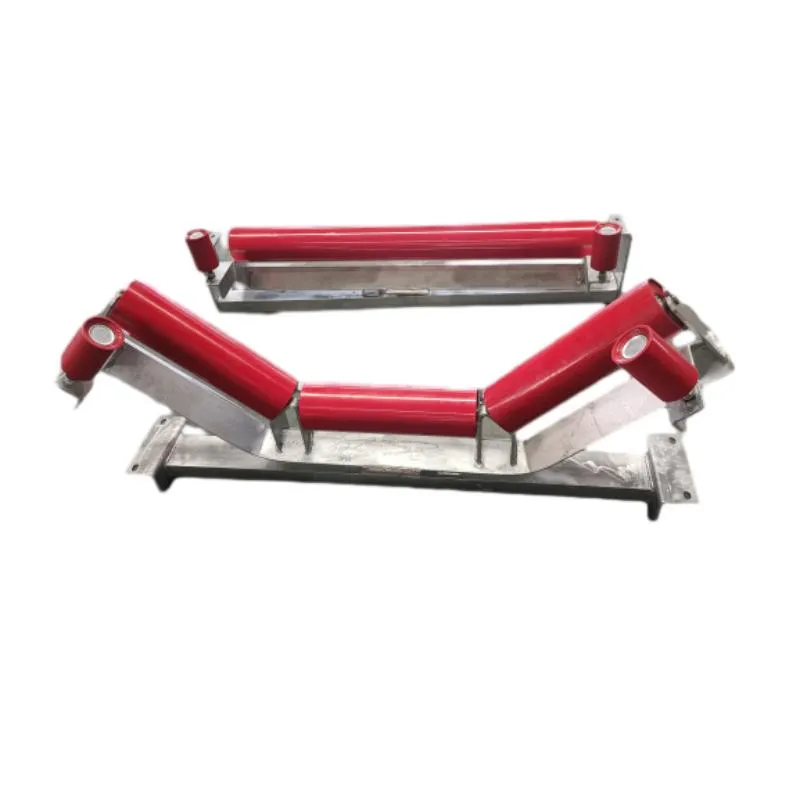 Afrikaans
Afrikaans  Albanian
Albanian  Amharic
Amharic  Arabic
Arabic  Armenian
Armenian  Azerbaijani
Azerbaijani  Basque
Basque  Belarusian
Belarusian  Bengali
Bengali  Bosnian
Bosnian  Bulgarian
Bulgarian  Catalan
Catalan  Cebuano
Cebuano  Corsican
Corsican  Croatian
Croatian  Czech
Czech  Danish
Danish  Dutch
Dutch  English
English  Esperanto
Esperanto  Estonian
Estonian  Finnish
Finnish  French
French  Frisian
Frisian  Galician
Galician  Georgian
Georgian  German
German  Greek
Greek  Gujarati
Gujarati  Haitian Creole
Haitian Creole  hausa
hausa  hawaiian
hawaiian  Hebrew
Hebrew  Hindi
Hindi  Miao
Miao  Hungarian
Hungarian  Icelandic
Icelandic  igbo
igbo  Indonesian
Indonesian  irish
irish  Italian
Italian  Japanese
Japanese  Javanese
Javanese  Kannada
Kannada  kazakh
kazakh  Khmer
Khmer  Rwandese
Rwandese  Korean
Korean  Kurdish
Kurdish  Kyrgyz
Kyrgyz  Lao
Lao  Latin
Latin  Latvian
Latvian  Lithuanian
Lithuanian  Luxembourgish
Luxembourgish  Macedonian
Macedonian  Malgashi
Malgashi  Malay
Malay  Malayalam
Malayalam  Maltese
Maltese  Maori
Maori  Marathi
Marathi  Mongolian
Mongolian  Myanmar
Myanmar  Nepali
Nepali  Norwegian
Norwegian  Norwegian
Norwegian  Occitan
Occitan  Pashto
Pashto  Persian
Persian  Polish
Polish  Portuguese
Portuguese  Punjabi
Punjabi  Romanian
Romanian  Russian
Russian  Samoan
Samoan  Scottish Gaelic
Scottish Gaelic  Serbian
Serbian  Sesotho
Sesotho  Shona
Shona  Sindhi
Sindhi  Sinhala
Sinhala  Slovak
Slovak  Slovenian
Slovenian  Somali
Somali  Spanish
Spanish  Sundanese
Sundanese  Swahili
Swahili  Swedish
Swedish  Tagalog
Tagalog  Tajik
Tajik  Tamil
Tamil  Tatar
Tatar  Telugu
Telugu  Thai
Thai  Turkish
Turkish  Turkmen
Turkmen  Ukrainian
Ukrainian  Urdu
Urdu  Uighur
Uighur  Uzbek
Uzbek  Vietnamese
Vietnamese  Welsh
Welsh  Bantu
Bantu  Yiddish
Yiddish  Yoruba
Yoruba  Zulu
Zulu ceramic pulley lagging
Ceramic Pulley Lagging Enhancing Conveyor Efficiency and Durability
In the world of industrial conveyor systems, the efficiency and longevity of equipment are paramount. One often overlooked yet critical component of a conveyor system is the pulley lagging. Among the various materials used for this purpose, ceramic pulley lagging has emerged as a leading choice for many industries due to its exceptional wear resistance and performance-enhancing properties.
What is Pulley Lagging?
Pulley lagging refers to the process of applying a wear-resistant material to the surface of a conveyor pulley. This protective layer plays a crucial role in enhancing the grip between the pulley and the belt, reducing slippage, and providing better tracking. Additionally, lagging serves to protect the pulley surface from damage caused by heavy loads and environmental factors.
The Advantages of Ceramic Pulley Lagging
1. Superior Wear Resistance One of the primary reasons why ceramic lagging is favored in heavy-duty applications is its outstanding wear resistance. Made from durable ceramic materials, this type of lagging can withstand extreme abrasion, making it ideal for environments with high levels of particulate matter or material flow.
2. Enhanced Grip and Traction The surface of ceramic lagging is designed to provide excellent frictional properties, ensuring that the conveyor belt remains securely in place. This enhanced grip helps to minimize slippage during operation, thus improving the overall efficiency of the conveyor system.
3. Long Lifespan The durability of ceramic materials translates into a longer lifespan for lagging applications. Unlike rubber or other softer materials that wear out quickly, ceramic lagging can last significantly longer, reducing the need for frequent replacements and associated downtime, ultimately saving on maintenance costs.
4. Temperature Resistance Ceramic pulley lagging can withstand extreme temperatures and harsh operating conditions, which is crucial in industries such as mining, cement, and power generation. This characteristic ensures that the lagging maintains its structural integrity and performance, even in environments where other materials might fail.
5. Chemical Resistance Many manufacturing processes involve exposure to various chemicals that can degrade typical lagging materials. Ceramic lagging is resistant to a wide range of chemicals, making it suitable for use in industries where chemical exposure is a concern.
ceramic pulley lagging

Applications of Ceramic Pulley Lagging
Ceramic pulley lagging is particularly advantageous in heavy industrial applications, including
- Mining Operations In mining, the movement of heavy ore and aggregate demands equipment that can withstand high wear rates. Ceramic lagging provides the necessary durability to handle such rigorous demands.
- Cement and Lime Manufacturing The abrasive nature of cement and lime materials requires long-lasting lagging solutions to maintain conveyor efficiency.
- Power Generation In power plants, where fly ash and other particulate matter must be conveyed, ceramic lagging can ensure that the pulleys remain effective over prolonged periods.
- Bulk Material Handling Industries that deal with bulk materials, such as agriculture or waste management, also benefit from the enhanced performance characteristics of ceramic lagging.
Installation and Maintenance
To maximize the benefits of ceramic pulley lagging, proper installation is essential. It is recommended that trained personnel carry out the installation to ensure that the lagging is applied correctly and adheres properly to the pulley surface. Regular maintenance checks are also crucial; while ceramic lagging is durable, monitoring its condition can prevent unexpected failures and costly downtimes.
Conclusion
In conclusion, ceramic pulley lagging represents a significant advancement in the realm of conveyor systems. Its remarkable durability, wear resistance, and effectiveness in enhancing grip make it an invaluable asset in various industrial applications. By investing in ceramic lagging, industries can improve their operational efficiency, reduce maintenance costs, and extend the lifespan of their conveyor systems. As technology continues to evolve, the evolution of materials like ceramic will play an integral role in the future of industrial machinery and equipment management.
-
Revolutionizing Conveyor Reliability with Advanced Rubber Lagging PulleysNewsJul.22,2025
-
Powering Precision and Durability with Expert Manufacturers of Conveyor ComponentsNewsJul.22,2025
-
Optimizing Conveyor Systems with Advanced Conveyor AccessoriesNewsJul.22,2025
-
Maximize Conveyor Efficiency with Quality Conveyor Idler PulleysNewsJul.22,2025
-
Future-Proof Your Conveyor System with High-Performance Polyurethane RollerNewsJul.22,2025
-
Driving Efficiency Forward with Quality Idlers and RollersNewsJul.22,2025





























